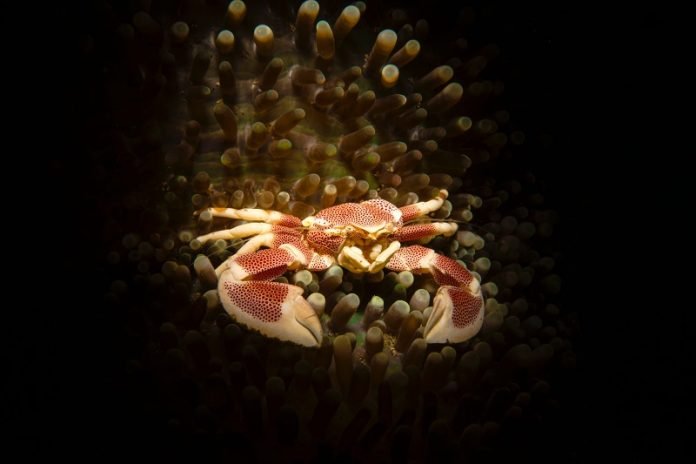
In science, an exciting development is taking place that could change how we use everyday items like plastic wrap.
Researchers have discovered a new way to use materials from nature – specifically from crab shells and seaweed – to make a type of film that could one day replace the plastic films we commonly use.
Let’s break this down into simpler terms.
There are two main ingredients in this discovery: chitosan and agarose. Chitosan is a substance found in crab shells, which makes them tough.
Conversely, agarose is taken from seaweed and is often used to create jelly-like substances. When these two are combined, they form a special kind of film with pretty neat features.
This film is strong and biodegradable, meaning it can break down naturally without harming the environment.
It’s also resistant to water, clear to see through, and has properties that can kill bacteria. This makes it a great candidate for wrapping food and other consumer goods, offering a sustainable alternative to the plastic films we use today.
Professor Orlin Velev from North Carolina State University, who played a significant role in this study, explains their challenges.
The goal was to find a natural alternative to the synthetic polymers used in plastic films, but this wasn’t easy. Earlier attempts to mix chitosan and agarose didn’t quite hit the mark, as they often resulted in films that were not very strong and felt gritty.
The new approach taken by Professor Velev and his team was to strengthen the agarose films by adding chitosan in a special form. They used tiny, branch-like structures made from chitosan, called dendritic colloids, to reinforce the agarose. This resulted in a much stronger and stable film.
Yosra Kotb, a PhD student and the study’s first author, points out that they chose to use chitosan uniquely because it meshes well with agarose. The two substances have opposite charges, which means they create a material that’s even more resistant to water.
The results of their research are impressive. The new composite films are about four times stronger than films made from agarose alone. They also showed that these films can break down naturally in the soil over a month, unlike typical plastic films, which do not degrade.
But the work isn’t over yet. The team wants to make these films even more resistant to water and oxygen, which is essential for packaging food. They also aim to find a way to produce these films on a larger scale, similar to how paper is made.
NC State University has filed a patent for these innovative biopolymer composite films and their production process.
This research, supported by the National Science Foundation, could be a game-changer in our efforts to find sustainable alternatives to plastic and reduce our environmental footprint.



